Which of the following is a consequence of increased viscosity of a fluid?
A. Particles have a decrease in mobility.
B. The fluid will have a lower density.
C. The fluid will have a higher flow rate.
D. The fluid will have a higher pressure.
For those aiming to excel in their ATI TEAS test and secure admission into their desired nursing program, ExamGates offers an invaluable resource. Our platform features practice questions meticulously crafted by tutors who have previously aced the exam themselves. With ExamGates, you can access content that is 100% relevant to the test, accompanied by vivid images and illustrations. Additionally, our platform provides comprehensive explanations for both correct and incorrect answers, empowering you to fully grasp the material and optimize your study efforts. Take the first step towards your nursing aspirations with ExamGates today.
The correct answer is choice A.
An increase in viscosity of a fluid results in a decrease in mobility of particles.
Viscosity is the resistance of a fluid to a change in shape or movement of neighboring portions relative to one another.
It denotes opposition to flow and may be thought of as internal friction between the molecules.
Choice B is incorrect because an increase in viscosity does not affect the density of a fluid.
Choice C is incorrect because an increase in viscosity results in a decrease, not an increase, in flow rate.
Choice D is incorrect because an increase in viscosity does not affect the pressure of a fluid.
Therefore, the Correct Answer is A.
More Questions on TEAS 7 Science Test 4
Question 1:
What are the four nucleotide bases found in DNA?
A. Adenine, Thymine, Cytosine, Guanine.
B. Adenine, Thymidine, Cytidine, Guanine.
C. Adenosine, Thymine, Cytosine, Guanosine.
D. Adenosine, Thymidine, Cytidine, Guanosine.
The Correct Answer is A.These are the four nucleotide bases found in DNA1.
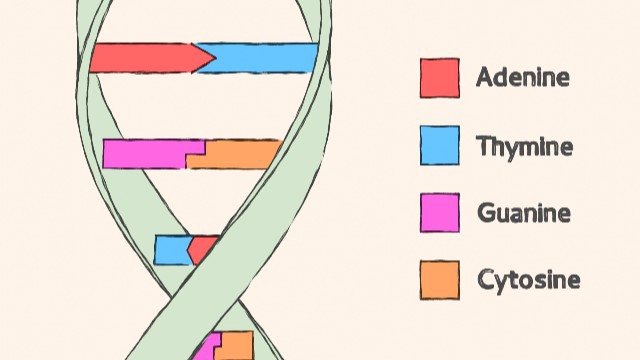
Choice B) Adenine, Thymidine, Cytidine, Guanine is incorrect because Thymidine and Cytidine are not nucleotide bases found in DNA.
Choice C) Adenosine, Thymine, Cytosine, Guanosine is incorrect because Adenosine and Guanosine are not nucleotide bases found in DNA.
Choice D) Adenosine, Thymidine, Cytidine, Guanosine is incorrect because Adenosine, Thymidine and Cytidine are not nucleotide bases found in DNA.
Question 2:
What is the relationship between atomic mass and mass number?
A. They are the same.
B. Atomic mass is always greater than mass number.
C. Atomic mass and mass number are not related.
D. Atomic mass is very close to mass number but with some deviation in the decimal places.
The Correct Answer is D.Atomic mass is very close to mass number but with some deviation in the decimal places.
Atomic mass is also known as atomic weight and is the weighted average mass of an atom of an element based on the relative natural abundance of that element’s isotopes.
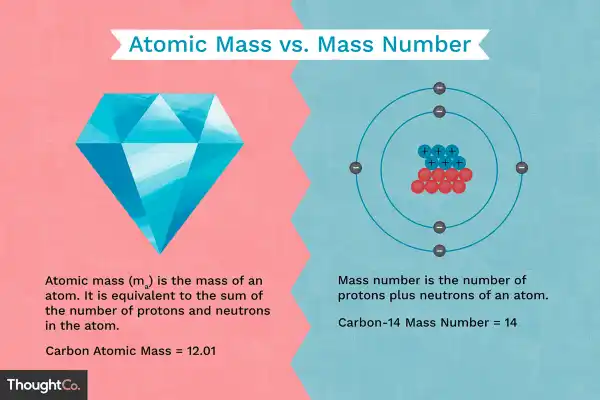 |
The mass number, on the other hand, is a count of the total number of protons and neutrons in an atom’s nucleus.
Choice A is incorrect because atomic mass and mass number do not mean the same thing.
Choice B is incorrect because atomic mass is not always greater than mass number.
Choice C is incorrect because atomic mass and mass number are related.
Question 3:
Which gland, located in the mediastinum, plays a key role in the development and maturation of T-lymphocytes?
A. Thymus
B. Parathyroid
C. Adrenal
D. Pituitary
The Correct Answer is A.The correct answer is choice A. Thymus.
The thymus is a primary lymphoid organ located in the mediastinum.
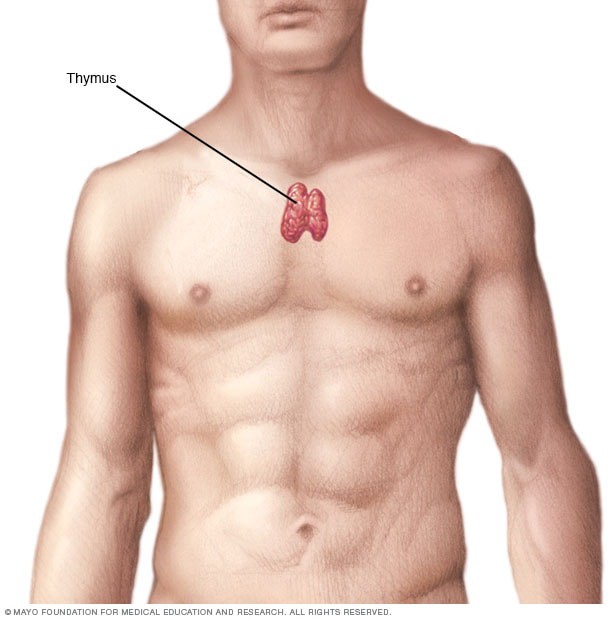 |
It plays a key role in the maturation and differentiation of T-lymphocytes.
Choice B.
Parathyroid is incorrect because the parathyroid glands are small endocrine glands located in the neck that produce parathyroid hormone, which regulates calcium levels in the blood.
Choice C.
Adrenal is incorrect because the adrenal glands are endocrine glands located above the kidneys that produce hormones such as cortisol and adrenaline.
Choice D.
Pituitary is incorrect because the pituitary gland is an endocrine gland located at the base of the brain that produces hormones that regulate growth, metabolism, and reproductive functions.
Question 4:
What is a control group used for in scientific studies?
A. To establish causality by isolating the effect of an independent variable.
B. To establish the effect of a dependent variable on an independent variable.
C. To control the impact of extraneous variables on the dependent variable.
D. To control the impact of extraneous variables on the independent variable.
The Correct Answer is A.A control group is used in scientific studies to establish causality by isolating the effect of an independent variable.
The control group serves as a baseline or comparison group that does not receive the treatment or intervention being tested.
 |
By comparing the results of the control group to the experimental group, researchers can determine if any observed changes are due to the independent variable or if they are due to chance or other factors.
Choice B is incorrect because a control group is not used to establish the effect of a dependent variable on an independent variable.
Choice C is incorrect because while a control group can help control for the impact of extraneous variables on the dependent variable, its primary purpose is to isolate the effect of the independent variable.
Choice D is incorrect because a control group is not used to control for the impact of extraneous variables on the independent variable.
Question 5:
Which of the following organelles is responsible for modifying, sorting and packaging proteins and lipids?
A. Golgi apparatus
B. Mitochondria
C. Ribosomes
D. Endoplasmic reticulum
The Correct Answer is A.The correct answer is choice A. Golgi apparatus.
The Golgi apparatus is a membrane-bound organelle that is responsible for transporting, modifying, and packaging proteins and lipids into vesicles for delivery to targeted destinations.
Choice B is incorrect because mitochondria are responsible for energy production.
Choice C is incorrect because ribosomes are responsible for protein production.
Choice D is incorrect because the endoplasmic reticulum is responsible for lipid production and protein production, but not for modifying, sorting and packaging proteins and lipids.
Question 6:
Which of the following allows a limited range of immune cells to detect and respond rapidly to a wide range of pathogens that share common structures?
A. Pattern recognition receptors (PRRs)
B. Cytokines
C. Chemokines
D. T cells .
The Correct Answer is A.Pattern recognition receptors (PRRs) are a class of receptors that can directly recognize the specific molecular structures on the surface of pathogens.
PRRs play a crucial role in the proper function of the innate immune system and are germline-encoded host sensors, which detect molecules typical for the pathogens.
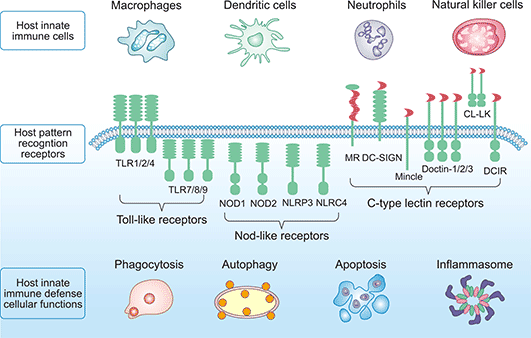 |
Choice B is incorrect because cytokines are not receptors but rather signaling molecules that regulate immunity.
Choice C is incorrect because chemokines are not receptors but rather signaling molecules that attract immune cells to sites of infection.
Choice D is incorrect because T cells are not receptors but rather white blood cells that assist B cells or directly kill infected cells.
Question 7:
Which of the following is an example of a storage form of glucose in the human body?
A. Starch
B. Glycogen
C. Fructose
D. Cellulose
The Correct Answer is B.Glycogen is the storage form of glucose in the human body.
It is a polysaccharide that is stored primarily in the liver and muscle tissue and can be broken down into glucose when the body needs energy.
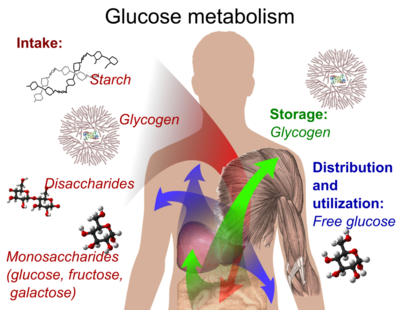 |
Choice A is incorrect because starch is a storage form of glucose in plants, not in the human body.
Choice C is incorrect because fructose is a simple sugar, not a storage form of glucose.
Choice D is incorrect because cellulose is a structural carbohydrate found in plant cell walls, not a storage form of glucose in the human body.
Question 8:
Which organ in the human body is responsible for the removal of damaged red blood cells and the production of certain types of white blood cells?
A. Spleen
B. Kidneys
C. Pancreas
D. Thyroid gland
The Correct Answer is A.The correct answer is choice A.
The spleen is an organ in the human body that is responsible for the removal of damaged red blood cells and the production of certain types of white blood cells.
Choice B is incorrect because the kidneys are responsible for filtering waste from the blood and regulating electrolyte balance.
Choice C is incorrect because the pancreas produces hormones and enzymes that aid in digestion.
Choice D is incorrect because the thyroid gland produces hormones that regulate metabolism.
Question 9:
Which of the following structures in the nephron is responsible for reabsorbing ions, water and nutrients?
A. Distal tubule
B. Proximal tubule
C. Glomerulus
D. Loop of Henle
The Correct Answer is B.Proximal tubule
The proximal tubule is responsible for reabsorbing all the nutrients and most of the water.
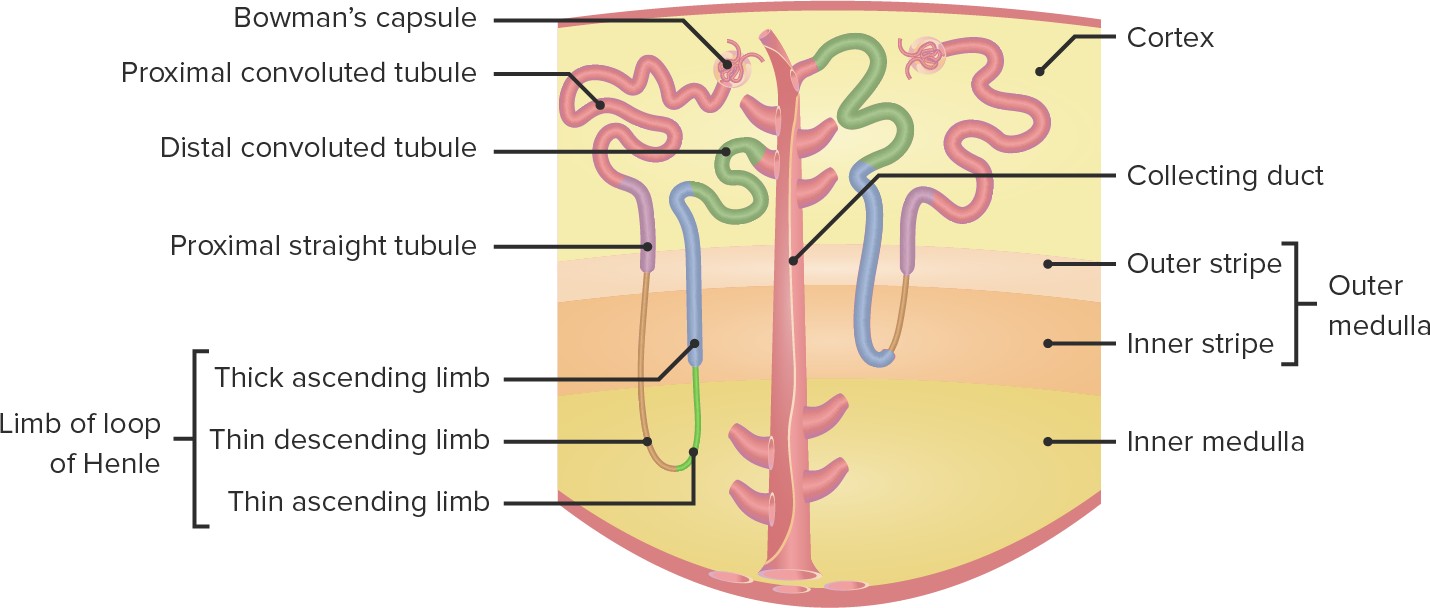 |
Choice A is incorrect because the distal tubule is not primarily responsible for reabsorbing ions, water and nutrients.
Choice C is incorrect because the glomerulus is responsible for filtering fluid and solutes out of the blood to form a glomerular filtrate.
Choice D is incorrect because the Loop of Henle is not primarily responsible for reabsorbing ions, water and nutrients.
Question 10:
What is the normal flora?
A. A variety of microbial species found in certain areas of the human body.
B. A group of infectious parasites that cause diarrheal diseases.
C. The genetic material of bacteria housed within a true nucleus.
D. The protein coat surrounding the viral genome.
The Correct Answer is A.The normal flora refers to the microbial community that colonizes on the skin and mucus membrane .
Normal flora can be found in many sites of the human body including the skin, respiratory tract, urinary tract, and the digestive tract.

Choice B is incorrect because normal flora does not refer to a group of infectious parasites that cause diarrheal diseases .
Choice C is incorrect because normal flora does not refer to the genetic material of bacteria housed within a true nucleus .
Choice D is incorrect because normal flora does not refer to the protein coat surrounding the viral genome .